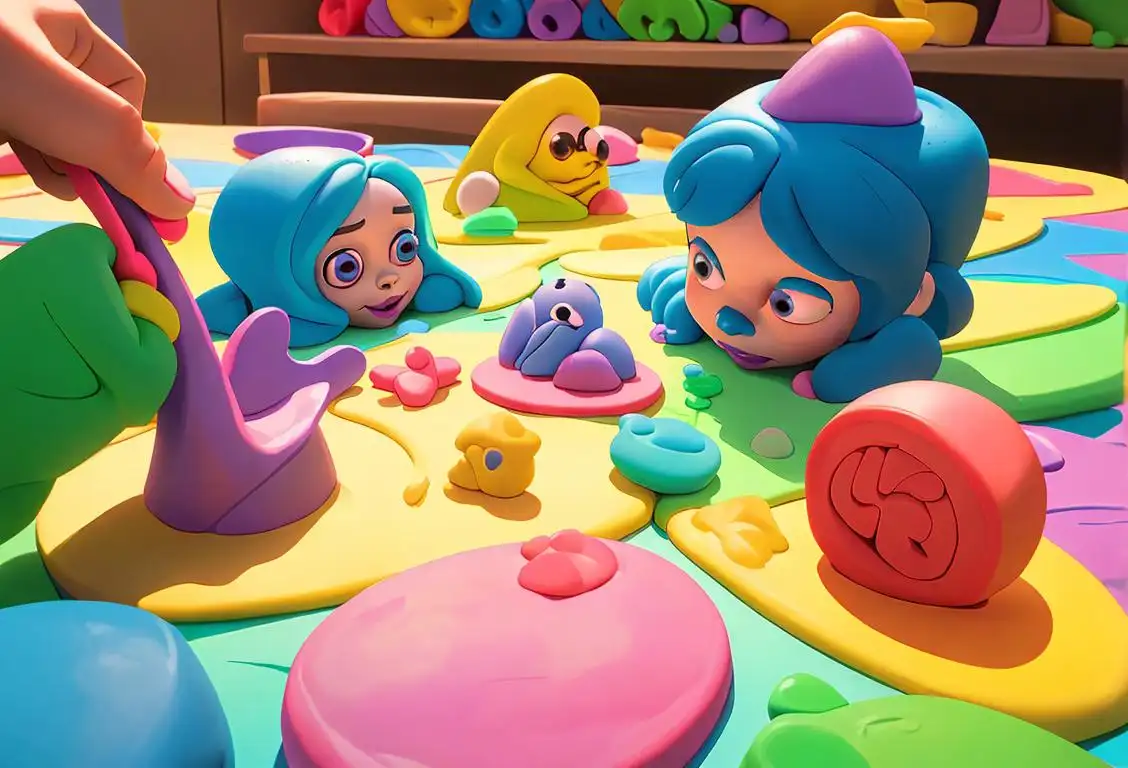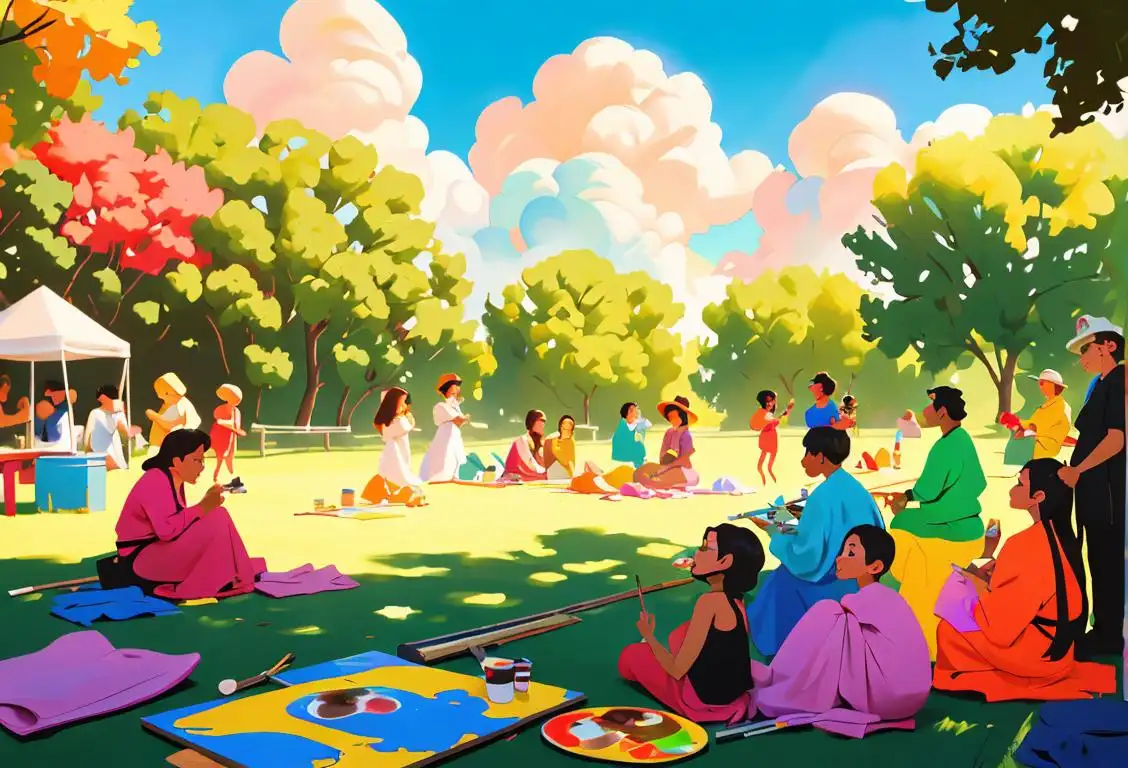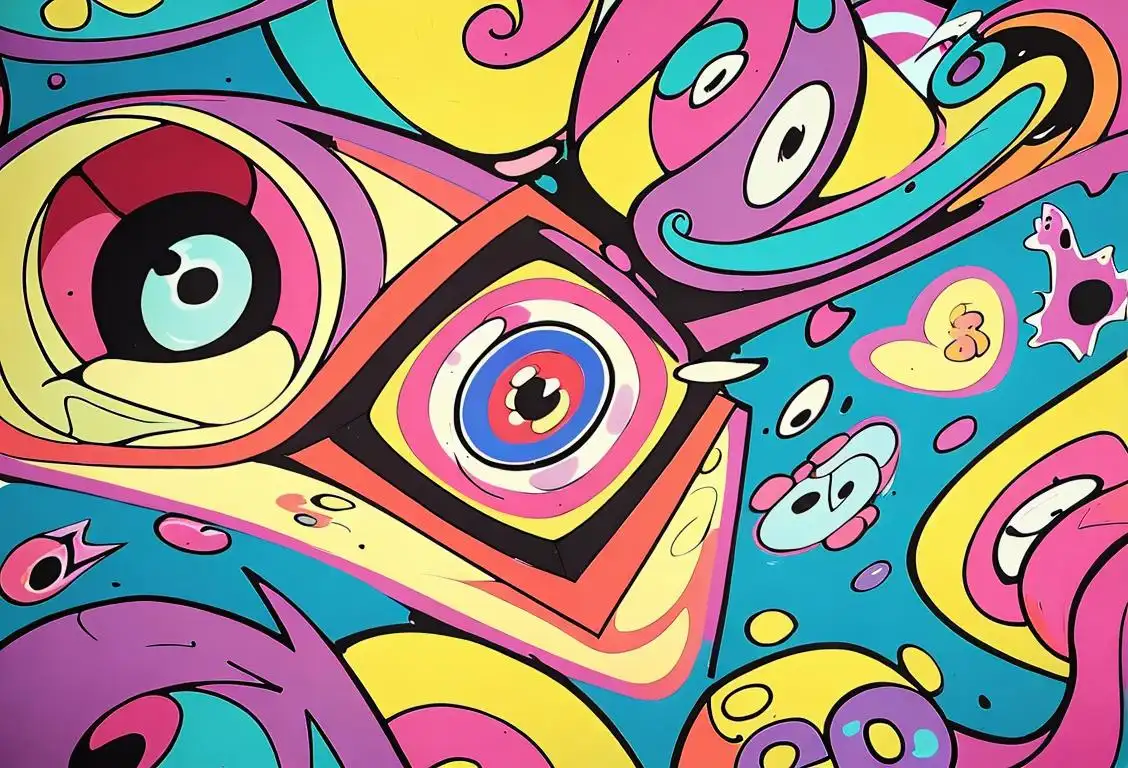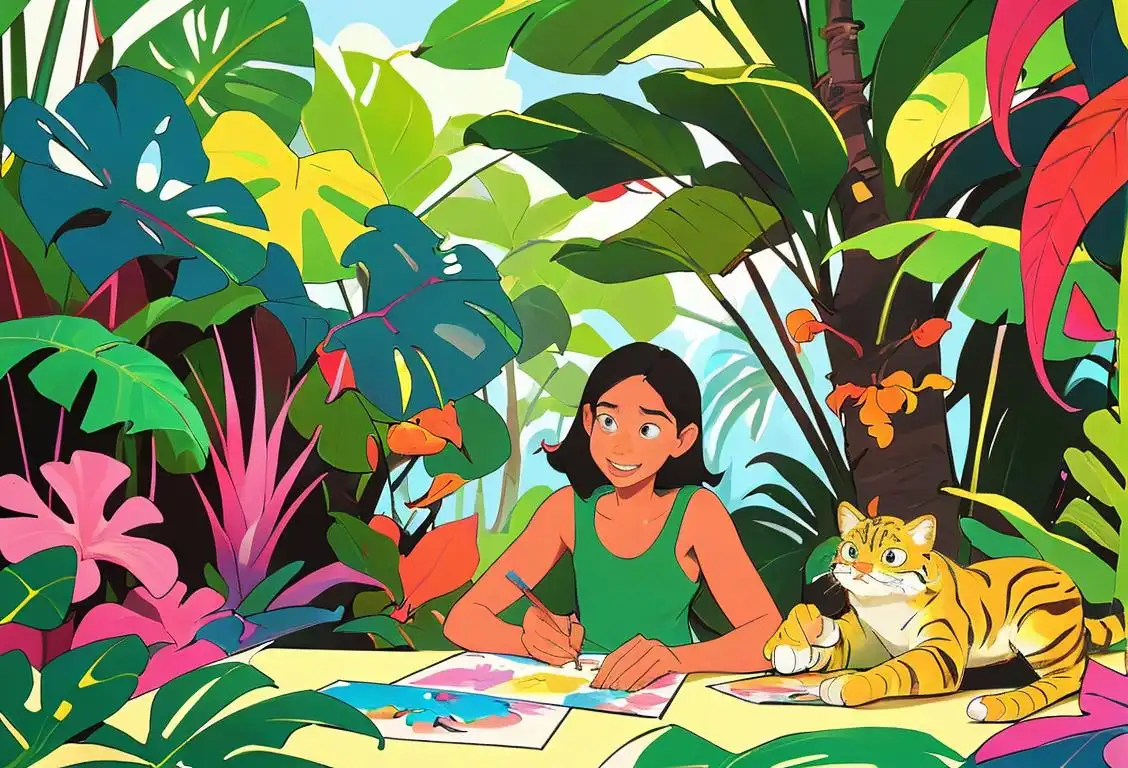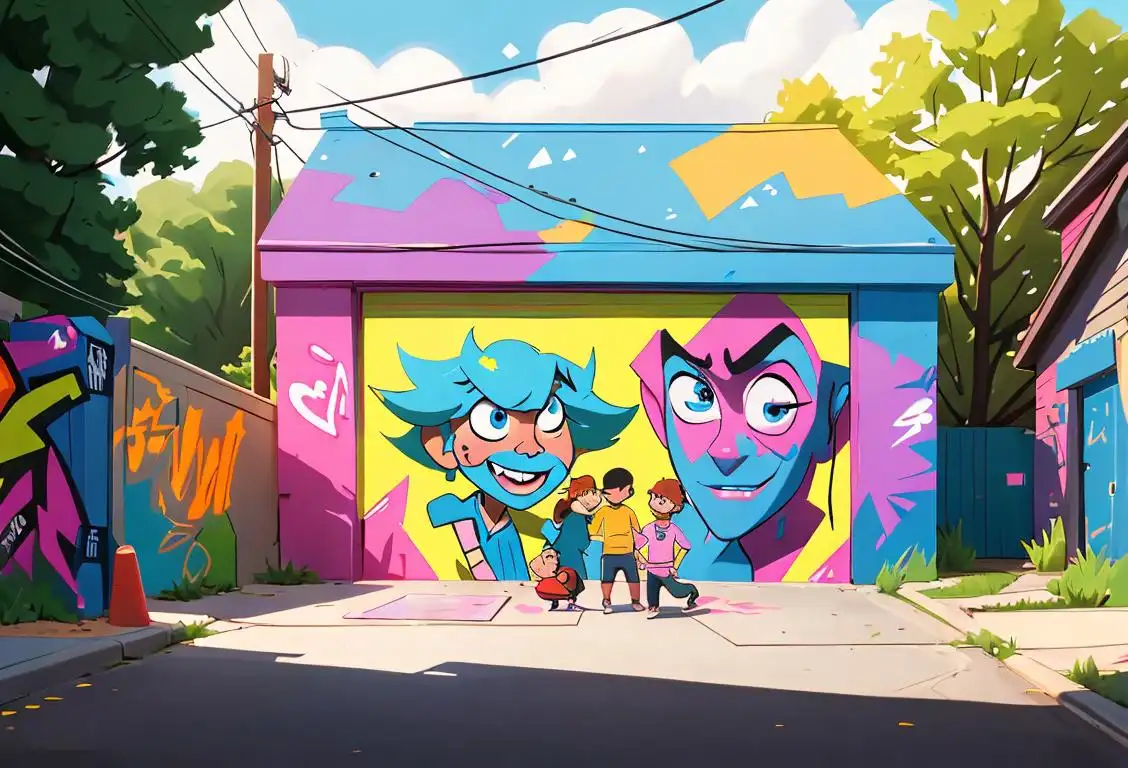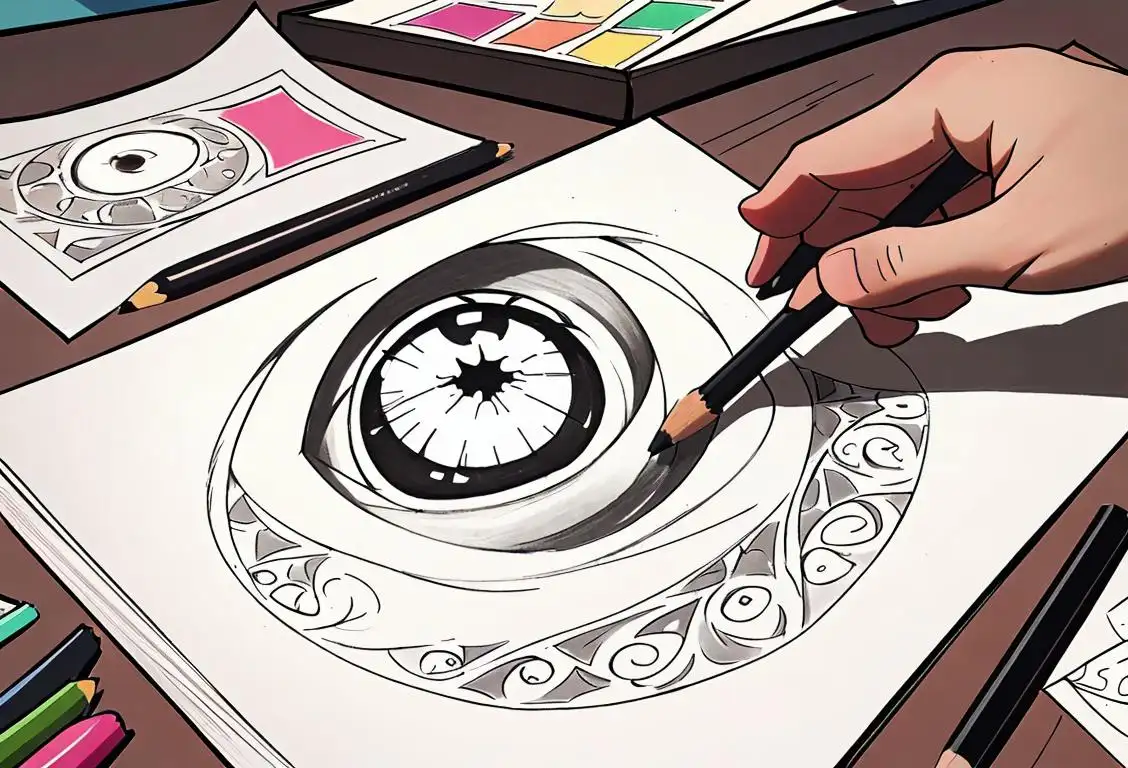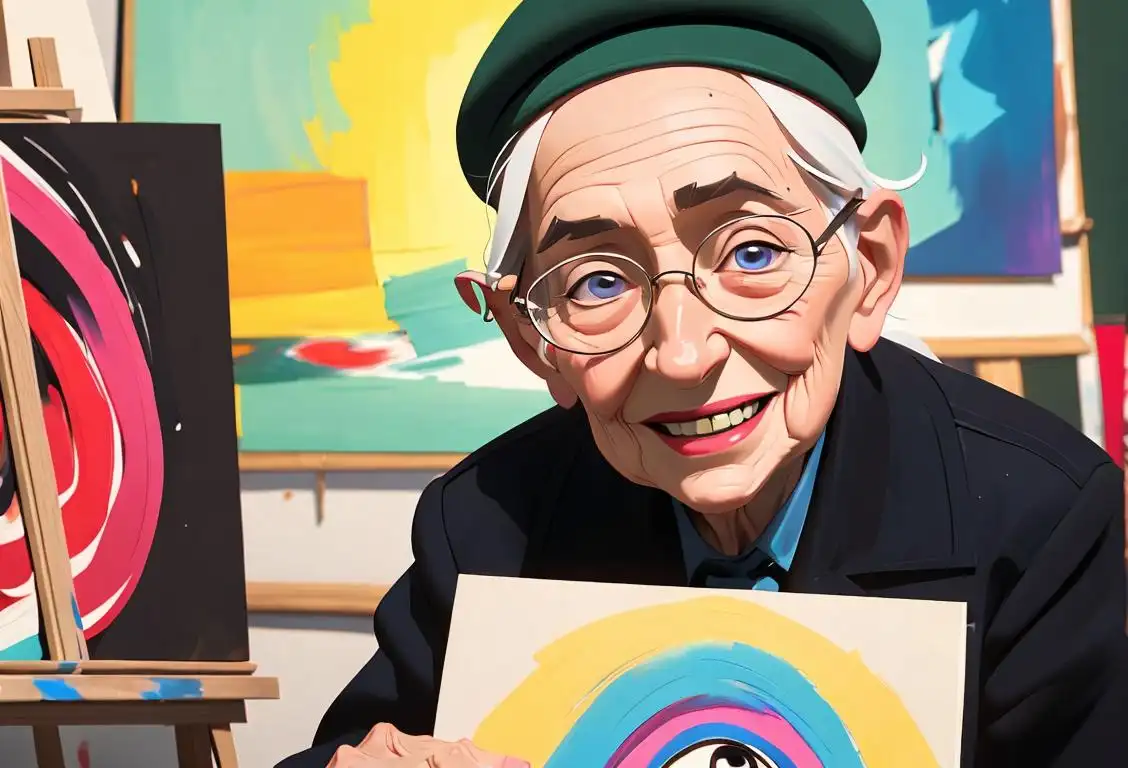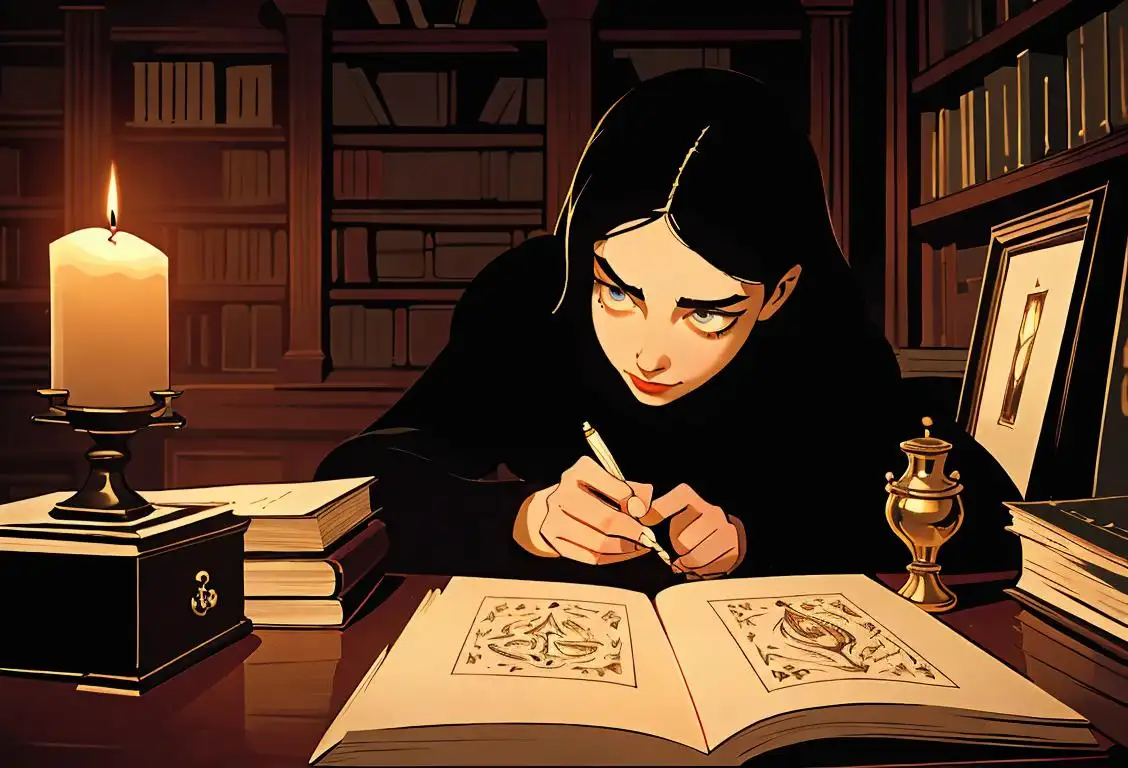National Doodle Day
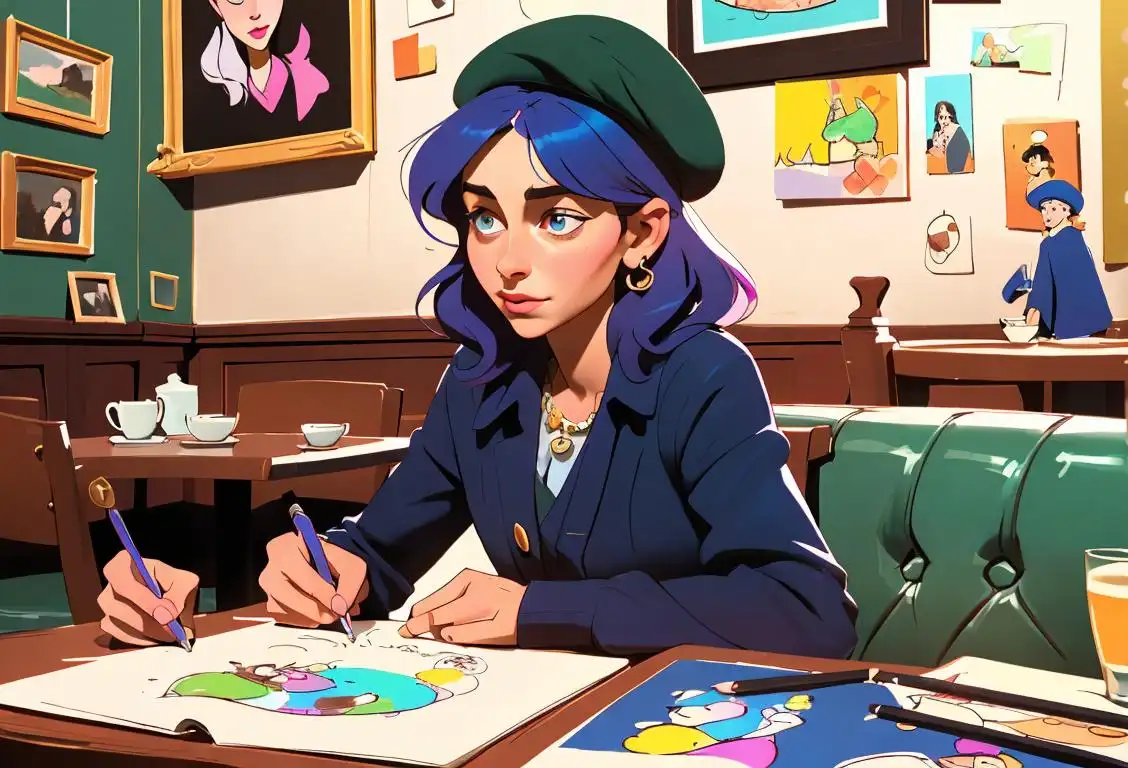
Oh, the whimsical world of doodling! National Doodle Day proves that anyone with even the most elementary artistic abilities can celebrate. It's the day when the margins of notebooks, napkins, and post-its everywhere rejoice (or tremble). Let's immerse ourselves into the innocent, joy-bringing activity of doodling!
When is Doodle Day?
It's national doodle day on the 5th February.
What's the big deal about doodles?
You ever find yourself absent-mindedly scribbling on a piece of paper during a call or meeting? That's doodling! A doodle isn't just a drawing, it's more than that, it's a direct line to our creative instincts, allowing us to express emotions and thoughts that may not find an outlet otherwise. It's a celebration of imagination, freedom, and fun!
The rise of National Doodle Day
Our journey down the doodley lane shows there were about 2200 mentions of National Doodle Day lounging around the corners of the internet. The zenith of Doodle fever, it appears, was reached on the 5th of February, 2016. That day must have seen quite a flurry of scribbles!
Everyone's a doodler on Doodle Day
National Doodle Day places the humble doodle on a pedestal. It's a day where everyone is encouraged to let their imaginations wander freely, giving rise to even more ridiculous or random doodles. From a passing squiggle on the margin of your shopping list, to a full-blown geometrical masterpiece, every doodle is celebrated!
The legacy of doodles
Look beyond the simple lines and curves, and you'll see doodles are truly valuable. They're a therapeutic exercise, often helping to ease stress, enhance focus and spur creativity. And let's not forget - some of the world's greatest ideas started out as a doodle on a napkin!
History behind the term 'Doodle'
1620
Doodling's Early Roots
The term 'doodle' finds its origin in the early 17th century. Derived from the German word 'dudeln,' meaning to trifle or make a fool of, it referred to a simpleton or a fool. This usage of the term 'doodle' as an insult slowly evolved to describe someone who engaged in aimless or foolish behavior.
1730
Doodle as a Noun
By the 18th century, 'doodle' expanded its definition and became a noun to describe a person who was easily deceived or a simple-minded individual. It was commonly used as a derogatory term, often in a playful manner, to tease or mock someone.
1800
Doodle as a Verb
In the early 19th century, the term 'doodle' took on a new role as a verb. It referred to the act of absentmindedly or idly scribbling or sketching aimlessly. Doodling became associated with people who allowed their minds to wander while making seemingly purposeless drawings.
1930
Doodling and Modern Psychology
In the 20th century, doodling started gaining attention in the field of psychology. Psychologist Carl Jung believed that doodles could provide insights into a person's unconscious mind, revealing hidden thoughts and emotions. This perspective contributed to the growing fascination with doodling and its potential psychological significance.
2003
Doodle on the Web
In the digital age, the term 'doodle' took on a new form with Google's introduction of 'Google Doodles' in 1998. These interactive variations of the Google logo were created to celebrate notable events, anniversaries, or individuals. The popularity of these doodles sparked a trend of online doodling, where users could create and share their own doodles on various platforms.
Did you know?
Did you know, many famous personalities such as John F. Kennedy, Ronald Reagan, and Leonardo da Vinci were known doodlers! Makes you reconsider that squiggle you just jotted doesn't it?Tagged
fun creativity expression art doodlesFirst identified
24th January 2016Most mentioned on
5th February 2016Total mentions
2200Other days
Doodle Day
Play Doh Day
Canvass Day
Scribble Day
Coloring Book Day
Ormille Day
Television Because Someone Graffitied His Driveway Day
Drawing Day
Artists Day
Dark Poetry Day
